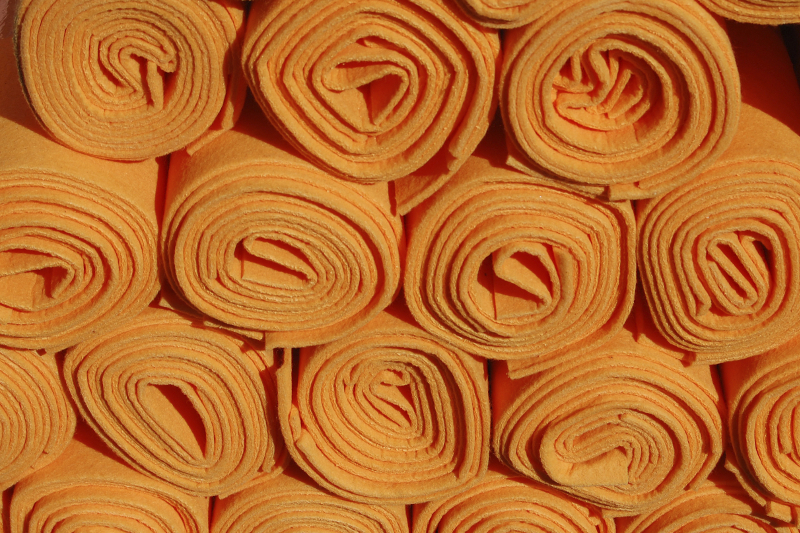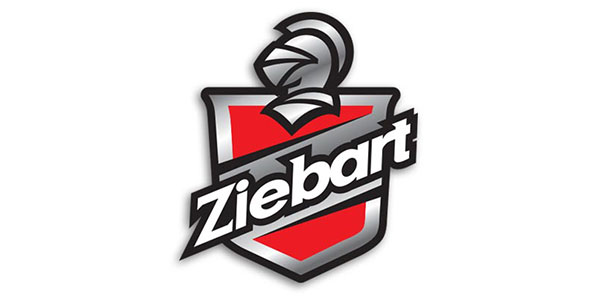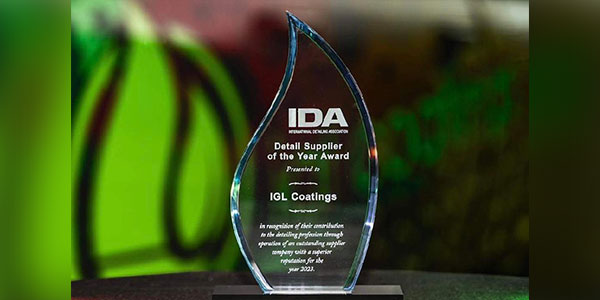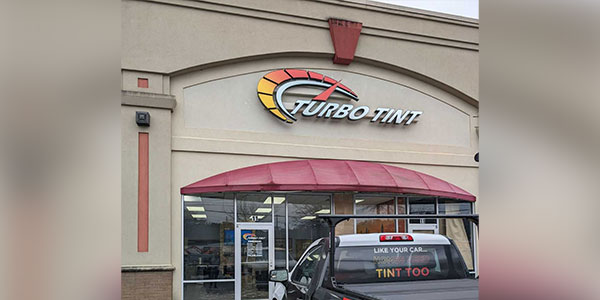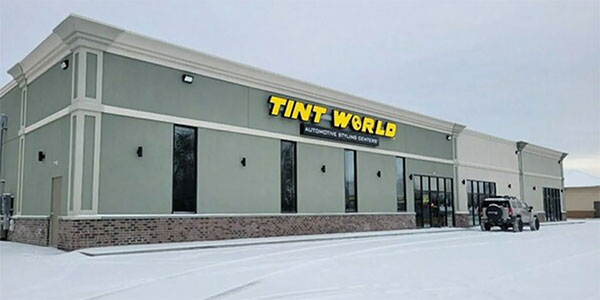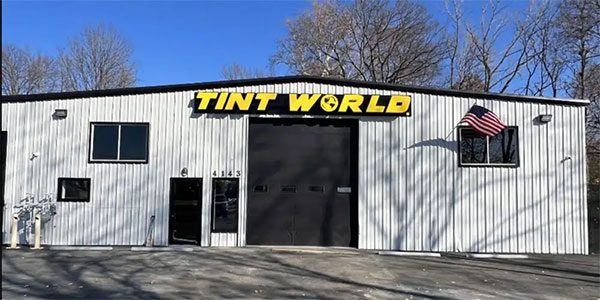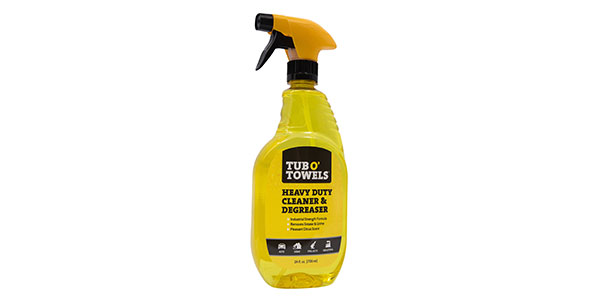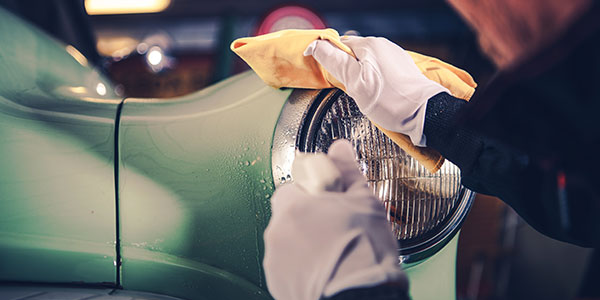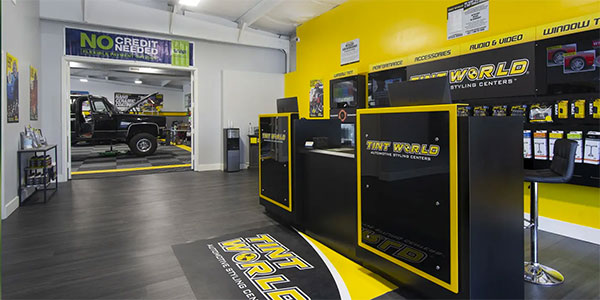Deciding which towels to use in your detail department can be tough. There are many different applications at the detail center, so using just one type of towel may not be ideal. Since the cost of towels is relatively low compared to other detailing equipment, it’s important to choose the best towel option to aid in the final product — a clean, immaculate car inside and out, and a happy customer.
Just like any other tool in your business, selecting the right towel can save time and money while aiding in the overall satisfaction of the client. Various types of towels are available, including terry, microfiber and huck. Within those options, even more choices are present, including a wide variety of size, color, thickness, and most importantly, quality.
Microfiber towels
Microfiber towels have become the most popular towel in the detail industry. Microfibers are extremely versatile and can be used in all areas of the detailing process. They possess the ideal features in a towel: lint-free, absorbent and durable. Many variations exist within the microfiber family.
Microfibers have a large range of sizes, but the most popular for the detail industry range from 12 inches by 12 inches up to 16 inches by 27 inches (think of the size of a washcloth up to the size of a hand towel). Smaller microfibers, typically 16 inches by 16 inches or less, are used primarily for cleaning windows, mirrors and interiors. They are lightweight, which makes it easier to reach tight spaces or corners. Large microfibers, typically 16 inches by 24 inches or greater, are usually used on a car’s exterior body to wipe or dry larger surface areas.
There are varying degrees of thickness available in microfiber. Many towel vendors will measure thickness by the grams per square meter or gsm. The lighter the towel, the lower the gsm, and typically the lower the price. Many carwash and detail centers prefer a thickness right in the middle. Some places like to use the lighter-weight versions (around 200 gsm) because they still work well, and they don’t necessarily need the absorption capacity of a thicker cloth necessary for towel drying a car.
A nicer quality microfiber towel will last more washings than a lower-quality version. Quality variations can be seen in the construction of the cloth and the finishing (stitching). A nice microfiber should make your hand feel like it has dry skin. You will actually feel the cloth sticking to your fingers and hand.
Terry-style microfibers are the most common towels used, but other variations, including microfiber “glass” towels and “waffle” towels, can also be found. The terry style has a pile, while glass towels are smooth and almost satin-feeling. The waffle style looks exactly like it sounds. The type of microfiber used is strictly a personal preference.
While using microfiber offers many advantages, a few reasons can turn people away. A microfiber can become ineffective if it is not washed properly. Microfiber works due to the technology in the construction of the fibers. There are 90,000 wedge-shaped split fibers per inch that lift, scoop and trap dirt or liquid. Microfiber is made of polyester and polyamide (nylon), which are not absorbent materials by nature. Drying microfiber in a warm/hot dryer or washing them in temperatures over 105 degrees Fahrenheit can ruin the split fibers, rendering them useless. Essentially, when this happens, the towel melts. It won’t actually look melted, but windows will have streaks, etc.
Microfibers also don’t like fabric softener or to be washed with any other towels. If microfiber is washed with terry towels, the lint from the terry will immediately grab onto the cloth and can be hard to remove.
Terry towels
Terry towels are still extremely popular in the carwash and detail industry. This is the same type of towel used at home in bathrooms. They are absorbent, durable and versatile, making them a top choice. Soft terry towels are ideal for the body of the car, while lower-cost towels can be used for upholstery cleaning, carpet spotting, and cleaning wheel wells and door jambs.
There is a large variance in terry towel types, as well, and many different factors contribute to the overall performance of the towel. For wax removal and drying car bodies, the most popular towel is approximately 16 inches by 27 inches, also referred to as a hand towel. These towels typically range in weight between two-and-a-half and five pounds per dozen. Smaller 16-inch by 19-inch towels are usually much lighter weight and can be used for dirtier jobs like wiping wheel wells, door jambs or taking a touch spot out of the upholstery or carpet. Larger terry towels are sometimes preferred by those that are detailing larger vehicles, such as trucks. These towels are bath towel-sized and can measure 20 inches by 40 inches and larger.
A low-quality terry towel may feel scratchy or fall apart after a few washings. A higher-quality terry towel might feel softer and last many washes. Since all detailers have preferences as to what they like in towels, it’s important to know what qualities work for you. The most popular is a towel that weighs either three or four pounds per dozen. Work with a towel vendor to get the feel and thickness you like. Some people like a plusher nap on their towels, while others prefer a sheared pile, also referred to as lint-free. While no terry towel is 100 percent lint-free, some versions lint less than others.
Some detailers do not like terry towels for several reasons. They tend to be bulkier than microfiber, so they aren’t necessarily quite as versatile. As stated above, they also can lint (although a good towel won’t continue to lint after the break-in period). Microfiber can be used right out of the box, while terry towels need to be washed several times before use to become absorbent and get rid of lint that is common in a new terry towel.
Huck towels
Huck towels, or O.R. towels, have lost popularity but are still used. They are 100-percent cotton, lint-free, easy to break in and lightweight, making it easy to clean tight spaces. They work great on windows and car interiors. Some former huck towel users have switched to microfiber, but others have stood by an old industry standard.
Hucks are easy to care for but are limited in color and size. While they are naturally absorbent, they can’t physically hold as much liquid as a microfiber or a terry towel. Most microfiber towels can hold seven times their weight. Hucks work really well on the windows, but microfibers create less streaking and tend to be superior in performance.
Many towel options are available to today’s detailer—more than ever before. Microfiber products continue to evolve, and additional options look to be on the horizon, including the fairly new, limited-use, nonwoven microfibers carried by many towel vendors. Part of choosing the right towel is trial and error. Fortunately, towels are relatively inexpensive, especially when evaluating cost per use.
Valerie Sweeney is the vice president of ERC Wiping Products Inc. in Lynn, Massachusetts, where she has worked for the past 19 years.

